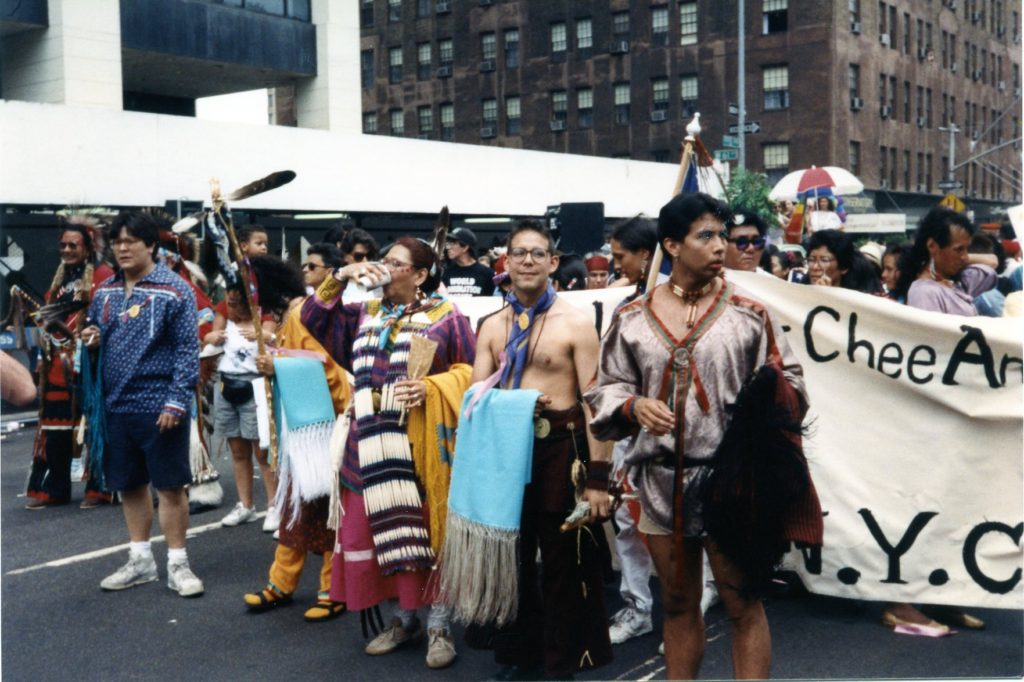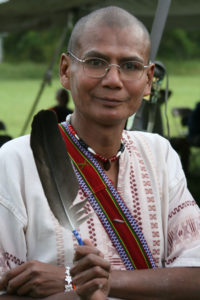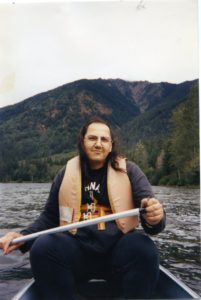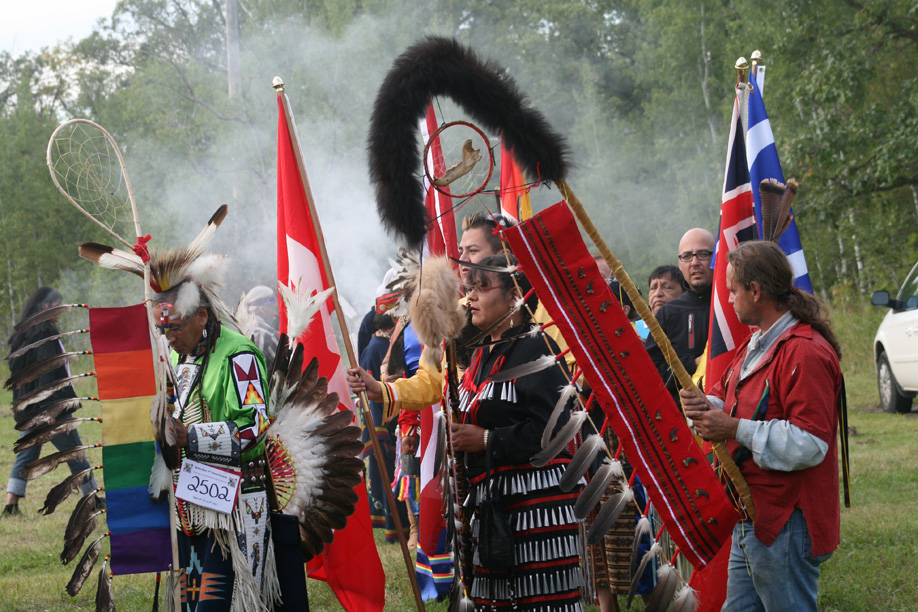Photographs taken at the 1991 New York City Pride March. A painted rock from the inaugural sharing circle for the Truth and Reconciliation Commission of Canada. A series of obituaries.
These are some of the artifacts found in the two-spirit archives at the University of Winnipeg (U of W), which seeks to preserve the stories of two-spirit people and trace the two-spirit movement’s development in North America.

Two-spirit is a term used by some Indigenous people to describe their traditional and culturally unique gender roles.
Albert McLeod, a leading two-spirit activist in Winnipeg, donated most of the items to what is believed to be the most comprehensive collection of material on the two-spirit community in Canada, according to the U of W website.
“Historically, in the Americas, there is a lot of evidence that two-spirit people were included in their cultures, their families, and their nations,” McLeod said.

“That history was more or less erased by colonization and the Indian residential school era.”
McLeod said he has been collecting objects such as posters, letters, books and videos relating to the two-spirit movement and the Indigenous response to HIV/AIDS since 1979.
Photographs of those who have passed away—some of whom to HIV/AIDS—are personally significant to him, he said.
“For people who essentially lived under the radar, were anonymous, or were mostly forgotten, this is an opportunity to have a legacy for them,” McLeod said.
Sharp Dopler, a two-spirit educator and activist based in Ottawa, said two-spirit people have not had much visibility within the larger queer movement.
“We need our own space because being two-spirit is more than being queer,” they said.
“It’s more than being lesbian, gay, bi, trans or any of those things, in a way that isn’t always easily explained. Because for us, it was about our role in the community and our role in ceremony and all of those things.”

Many two-spirit people have to choose between being Indigenous and being queer, and it is important to have “a space that’s ours . . . that brings all of those different intersections of the world we inhabit and brings all of that together,” they added.
The archives encourage ongoing dialogue, said Allan Ryan, associate professor in Carleton’s School of Indigenous and Canadian Studies and the art history department.
“The conversation has been taking place for some time, but the idea of opening it up, broadening the conversation, I think that’s also the significance of the archives,” Ryan said.
They were particularly happy about the archive’s location, Dopler said.
“It was at a gathering just outside Winnipeg where the term ‘two-spirit’ was born, so I think there’s a certain beauty in that archive being located at the University of Winnipeg,” they said.
“There’s a lot of two-spirit elders in Winnipeg, and there’s just something about Manitoba. It’s where the spirit lives—that’s what ‘Manitoba’ means.”
The archives will help two-spirit people reconnect with teachings that have been put away and suppressed, Dopler added.
“We have to know the past. We need to know our history to build a future,” they said. “We need to tell our own stories, because it’s stories that carry the people forward.”
Images provided courtesy of the University of Winnipeg.






